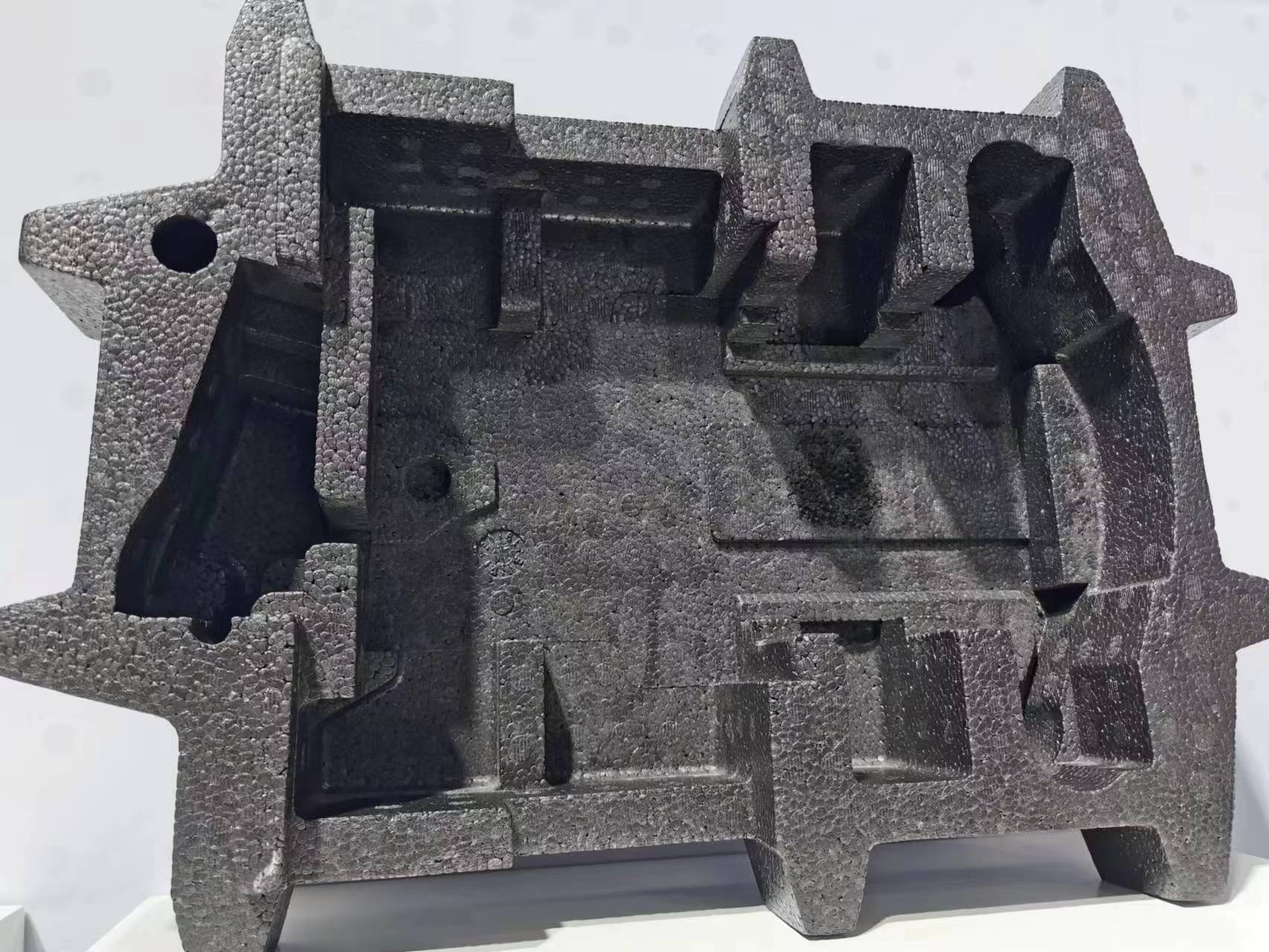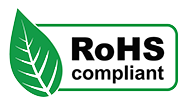The Foaming Process of Expanded Polypropylene (EPP)
- Postdate: 2023-03-30
- From: qibochem.com
-
The Foaming Process of Expanded Polypropylene (EPP)
- Postdate: 2023-03-30
- Form: qibochem.com
-
Expanded polypropylene (EPP) is supercritical physical foaming of polypropylene using CO2 as a medium.
Compared with traditional chemical blowing agents, supercritical SC CO2 has unique advantages for PP foaming:
① CO2 is chemically inert, with a low critical temperature (31.14°C) and low critical pressure (7.37MPa), and can reach a supercritical state at room temperature, saving energy and making it easy to process;
② High mass transfer coefficient, strong solubility and penetration ability, fast diffusion speed, reduced processing time, and created conditions for industrialized production of PP processing;
③ Supercritical CO2 has a plasticizing effect on PP melt, which can reduce the glass transition temperature of PP and is beneficial to PP foaming;
④ CO2 is a common gas with the characteristics of non-toxic, non-flammable, cheap and easy to obtain, and environmentally friendly
Step 1: Foam to 13 times, which is the most complicated stage of the process.
Step 2: Initial foaming: After the polypropylene particles are measured, they enter the reaction kettle through the feed pipe, pressurized and heated, the polypropylene particles are heated and softened, and carbon dioxide is injected into part of the cavity in the particles, the particles will expand slowly, and the reactor will leak. After pressing, it is dehydrated by a centrifugal dehydrator to obtain primary foamed particles. Some of the primary foamed products are sold directly, and some of them enter secondary foaming.
Step 3: Secondary foaming: The primary foamed particles enter the pre-pressed tank. The purpose of the top pressure of the pre-pressed tank is to prevent the particle product from shrinking. The primary foamed particles are filled with air at a certain pressure. This project is pre-pressed The working pressure of the tank is 1.0-1.2MPa, and then it enters the secondary foaming machine. When the foaming machine is heated to 130-160°C, part of the carbon dioxide in the expanded particles begins to expand slowly to the required multiple, and the secondary foaming is obtained. Particles, some secondary foaming products are sold directly, and some enter the next molding process.
![]()
Step 4: Forming The secondary expanded particles enter the pre-pressed tank through the feed pipe. The purpose of pre-pressed is to prevent the formed product from shrinking. It is necessary to pre-press the EPP expanded particles before forming so that The EPP foamed particles are filled with air under a certain pressure. The working pressure of the pre-press tank of this project is 1.0-1.2MPa. The special foaming material for polypropylene EPP is pumped into the molding machine and put into the mold with a specific cavity of the molding machine. The cavity is sealed and directly heated by steam. The temperature is 120-140°C, the foam particles are heated and softened, and the surface of the foam particles is fused together. At the same time, due to the expansion of the air in the foam particles, internal pressure is generated, which will make the foam particles closely adhere to the mold and fuse into a cavity-shaped foam body.
Step 5: The working temperature of the demoulding molding process is about 120-140°C. In order to ensure the smooth demoulding of the product, the mold needs to be cooled to about 70-90°C. In this project, circulating cooling water is used to cool the mold indirectly. The demoulding process does not use a mold release agent.
Step 6: Drying Since the appearance of the product has water and slight wrinkles after molding, it must be dried in a drying room.
Shijiazhuang Qibo Chemical Co., Ltd. has foaming PP flame retardant, adding 4%; foaming PP flame retardant masterbatch, adding 10%, can be foamed together with expanded graphite. EPP foam boards can be used in the following areas: drug express boxes, cold chain logistics boxes, lithium battery protection layers, cold storage insulation boards, building insulation boards, etc.

















